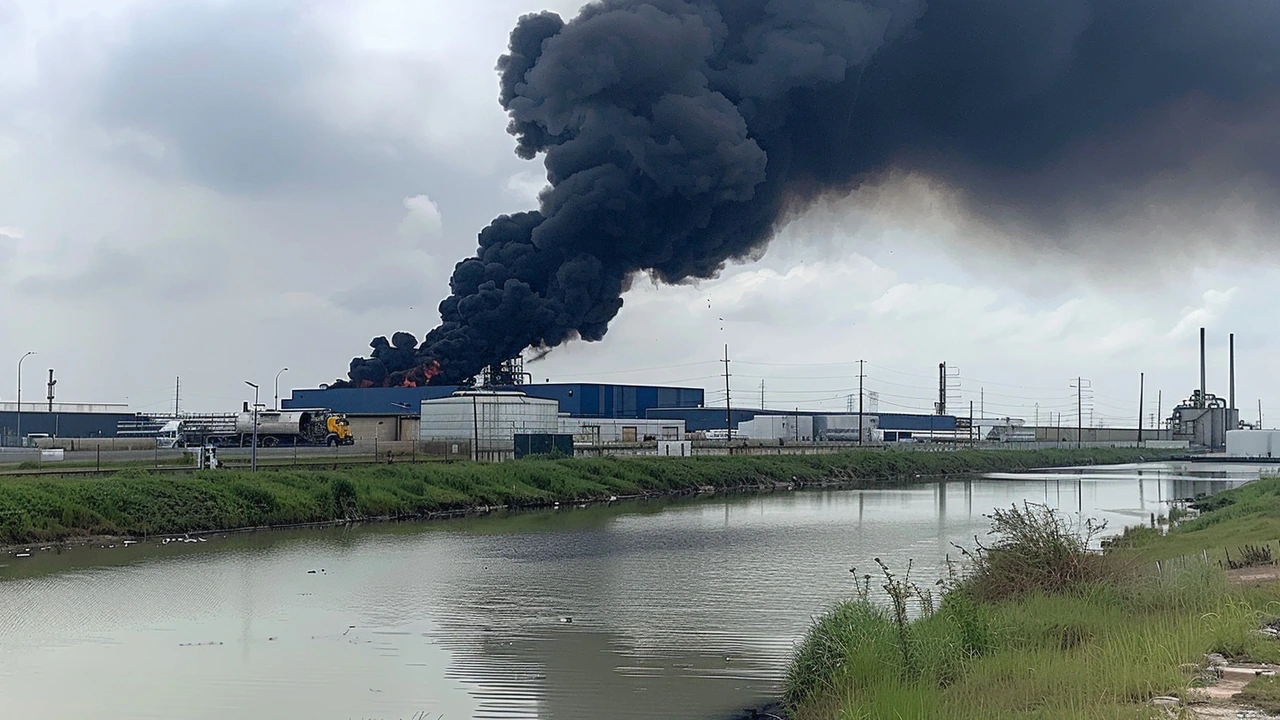Refinery Safety – What You Need to Know Today
If you work in an oil plant or live near one, safety isn’t just a buzzword – it’s a daily reality. Accidents can happen fast, but the right practices, tech and mindset can cut the risk dramatically. Below you’ll find easy‑to‑use advice, the newest safety news, and a quick guide to the rules that keep refineries running without harming anyone.
Why refinery safety matters
Refineries handle flammable liquids, high pressures and toxic gases. One slip can turn a routine operation into a fire, explosion or massive spill. Beyond the obvious danger to workers, nearby communities can face air and water contamination, and the cost to a company can reach billions. That’s why regulators, owners and workers all push for stricter safety standards.
Recent reports show that modern refineries with good monitoring systems see up to 40% fewer incidents. The data is clear: investing in safety pays off in lives saved and money kept.
Key safety practices you can use
1. Regular inspections and maintenance. A simple leak check or valve test can stop a problem before it spreads. Make a checklist, stick to it, and log every finding. If something looks off, tag it and fix it right away.
2. Real‑time monitoring. Sensors for temperature, pressure and gas concentration send alerts straight to control rooms and mobile phones. When a reading jumps out of range, crews can act in seconds instead of minutes.
3. Proper training. Even the best equipment fails if people don’t know how to use it. Short, hands‑on drills every month keep skills fresh. Include emergency shutdowns, fire‑hose handling and proper use of personal protective equipment (PPE).
4. Clear communication. Use simple codes, radio checks and visual signs. When a shift changes, a brief hand‑over covering any open issues avoids confusion.
5. Emergency response plans. Have a written plan that shows evacuation routes, spill containment zones and who calls the fire brigade. Run a full‑scale drill at least twice a year so everyone knows their role.
Alongside these basics, new tech like drones for aerial inspections and AI‑driven risk modelling are becoming more affordable. They help spot trouble spots that a human eye might miss.
Staying updated with the latest safety regulations is also crucial. In South Africa, the Occupational Health and Safety Act (OHSA) and the Hazardous Substances Act set clear limits on emissions, storage and worker training. Similar rules exist across the continent, and many refineries adopt the international ISO 45001 standard for occupational health and safety management.
When a refinery follows these steps, the odds of a major incident drop dramatically. Workers feel safer, the public trusts the operation, and the business avoids costly shutdowns.
So whether you’re a plant manager, a safety officer, or a community member, keep these points in mind: inspect often, monitor continuously, train regularly, communicate clearly, and rehearse emergencies. That simple recipe makes a big difference in keeping everyone safe.
Fire Contained at Dangote Refinery's Effluent Treatment Plant Without Injuries
On June 26th, a fire erupted at the effluent treatment plant of Dangote's petroleum refinery. The fire was quickly controlled, according to Anthony Chiejina, the Chief Corporate Communication Officer. There were no injuries, and the refinery operations remain unaffected.
View More





